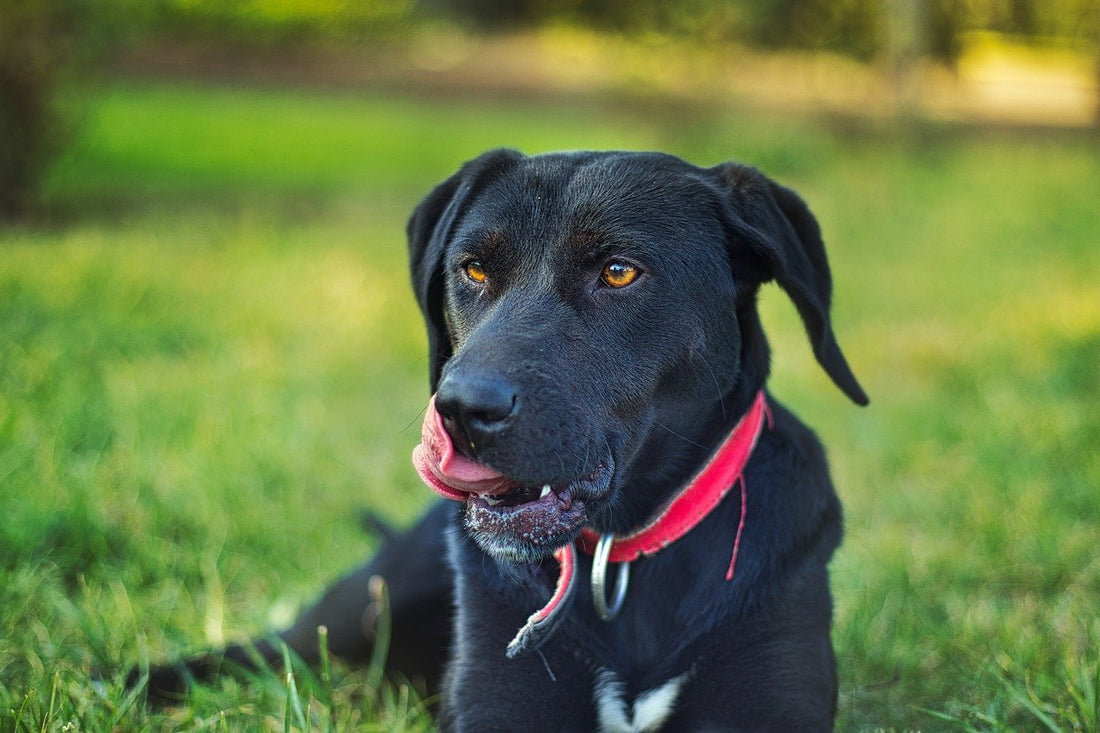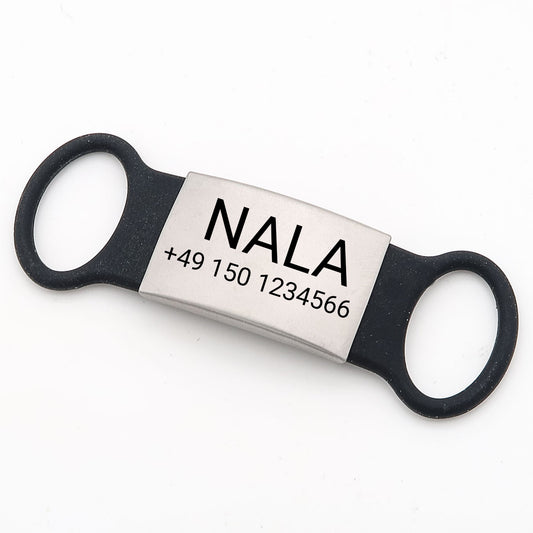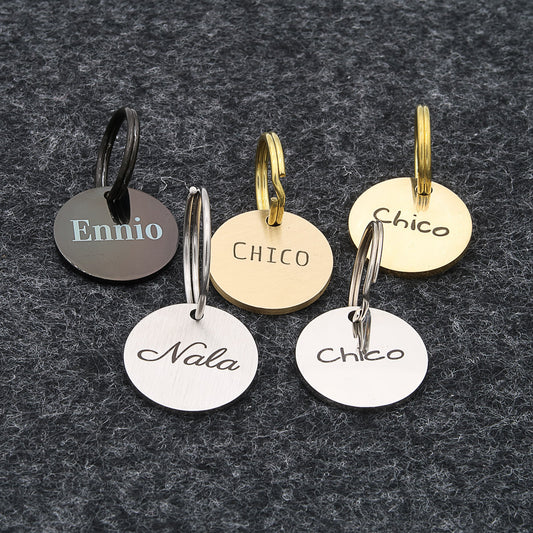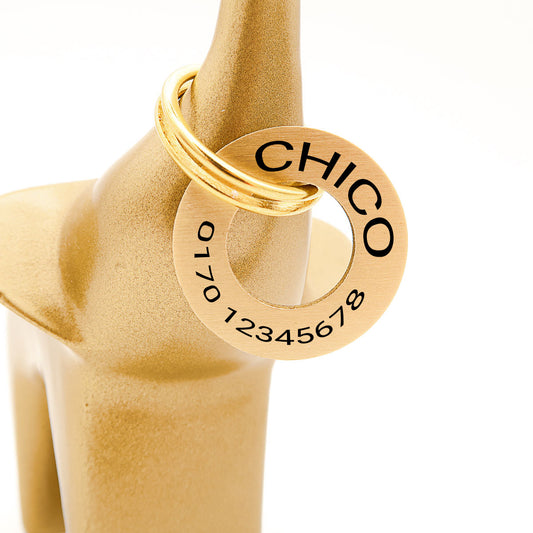
Dog collar or dog harness? What should I use?
Share
Dog collar or harness - what is better for the four-legged friend?
The question of whether to use a collar or a harness occupies the minds. Basically, both variants have advantages and disadvantages and also the choice of the model is decisive, whether theDog collar orDog harness is suitable. Ideally, the dog will be accustomed to both at an early stage, so that he can be safely and easily led on a leash in any situation.Advantages and disadvantages of the dog collar
The collar sits on a sensitive part of the body. If the dog pulls on the leash, the cervical spine is subjected to a lot of stress. Likewise, there is pressure on the trachea. To reduce this, you should choose a wider collar - a very narrow design constricts more. With a pull collar, a pull stop is important so that it does not contract to such an extent that it cuts off the dog's air. Furthermore, the size determines the suitability: the collar should not fit too tightly, but the dog should not be able to slip out.If the conditions are right and the dog is leash-leadable, a collar is ideal for daily walks. The dog can be easily directed via the collar - often small movements with the leash are enough to steer the dog in a certain direction, to slow down or stop the pace. However, this is a matter of training. An impetuous dog that has not learned to walk on a loose leash will become accustomed to the constant pressure and pulling on the neck. This can have long-term health consequences, also the common walks are likely to become quite unrelaxed.
Advantages and disadvantages of the dog harness
First of all, the following applies to a suitable harness: it must be the right size, should not constrict the dog and should not restrict the natural movements. Compared to the collar, a good harness has the advantage that the pressure and the tensile load are better distributed. However, a jerk in the leash or pulling on the same is more unpleasant with a collar than with a harness. It can therefore lead to the dog being less leash-handy in the harness than on the collar.If you practice pulling dog sports or the dog accompanies you on the bike or jogging, on the other hand, the harness is ideal. The same applies when leading the dog on a tow line or flexi leash. For fearful dogs with a flight instinct, a special safety harness is ideal, from which they can not escape in a moment of shock.
Collar and harness as basic equipment
For many owners, both the collar and the harness count as basic equipment for the dog, in order to be optimally equipped for all cases. For the good of the dog, the comfortable fit is important for both variants. A chain collar, for example, is completely unsuitable, because when pulled together, skin and hair can be trapped between the links and the pressure is even much higher than with a collar made of fabric or leather. The collar has an ideal fit when there is still one to two finger widths of space after tightening.A harness should be soft and well padded. This is especially true for the sternum area, as this is where the main pressure is applied. When walking, it should not rub in the armpits of the front legs and also a restriction of movement in the shoulder area will in turn lead to problems with the musculoskeletal system in the long term.
Situational selection for on the road
Whenever speed is involved on the leash or the leash allows a lot of slack, a harness is preferable to a collar. If you are jogging and the dog suddenly swerves or slows down to sniff something, the jolt is better distributed over the harness. If he takes advantage of the free space on the drag line while sprinting and the maximum reach slows him down, the same applies. The jerk on the collar compared to a well-fitting harness always leads to excessive stress on the cervical spine, trachea and larynx can also be affected. Walking on a short leash and at a leisurely pace carries fewer such risks - here the collar is quite suitable.A question of education
For a dog that constantly pulls on the leash while on the move, the harness is preferable to the collar for health reasons. However, the dog will not change his behavior at all and may pull even more with a harness: He can throw himself into it with all his weight and strength, while otherwise the pulling force is more limited to the neck area.It may be easier for you to lead the pulling dog by the collar. Of course, it makes even more sense to work on the dog's leash-handling skills, so that your joint ventures become a pleasure for both of you, instead of degenerating into stress or excessive strain. In case of doubt, you can refer to a specialdog collar orDog harness fall back. A so-called Halti helps dog and human to practice leash leadership with a collar. Likewise, there are educational harnesses that allow the leash to be attached to the back and chest area. This makes it easier for you to direct the dog and gently intervene in case of strong pulling. The decisive factor for both aids is correct use - if necessary, a trainer can explain how to use them.





